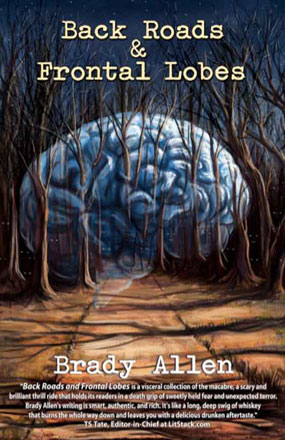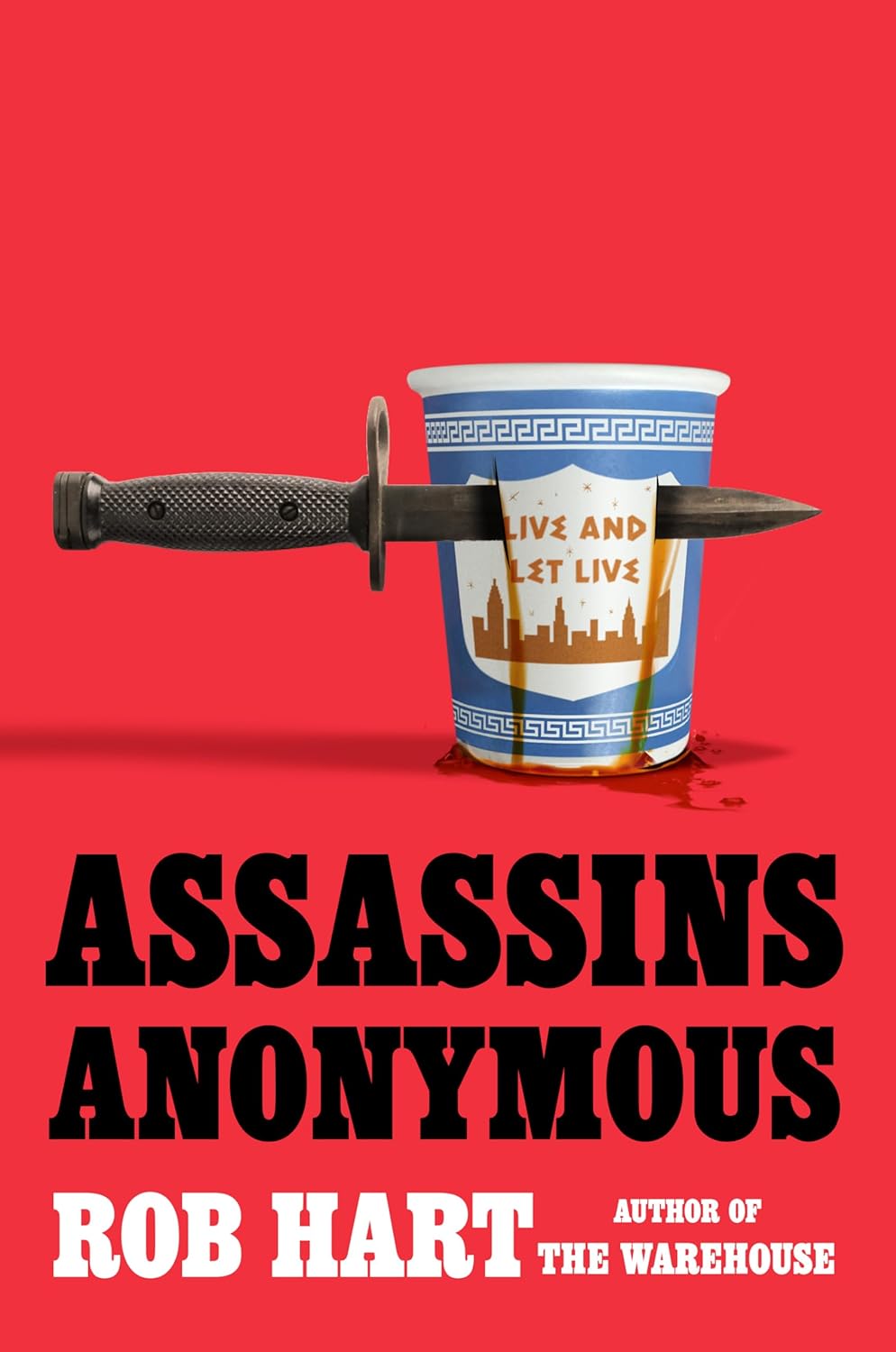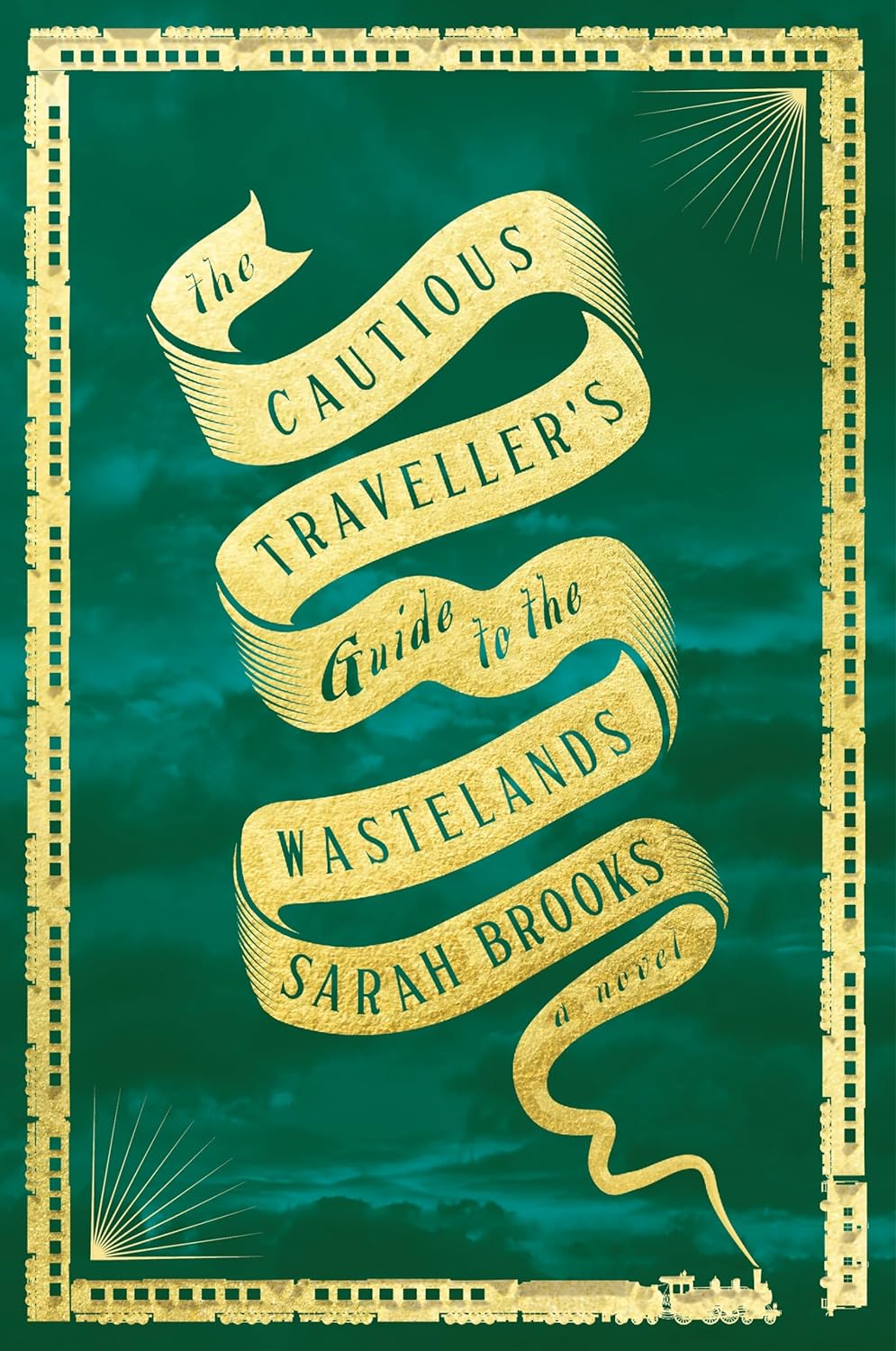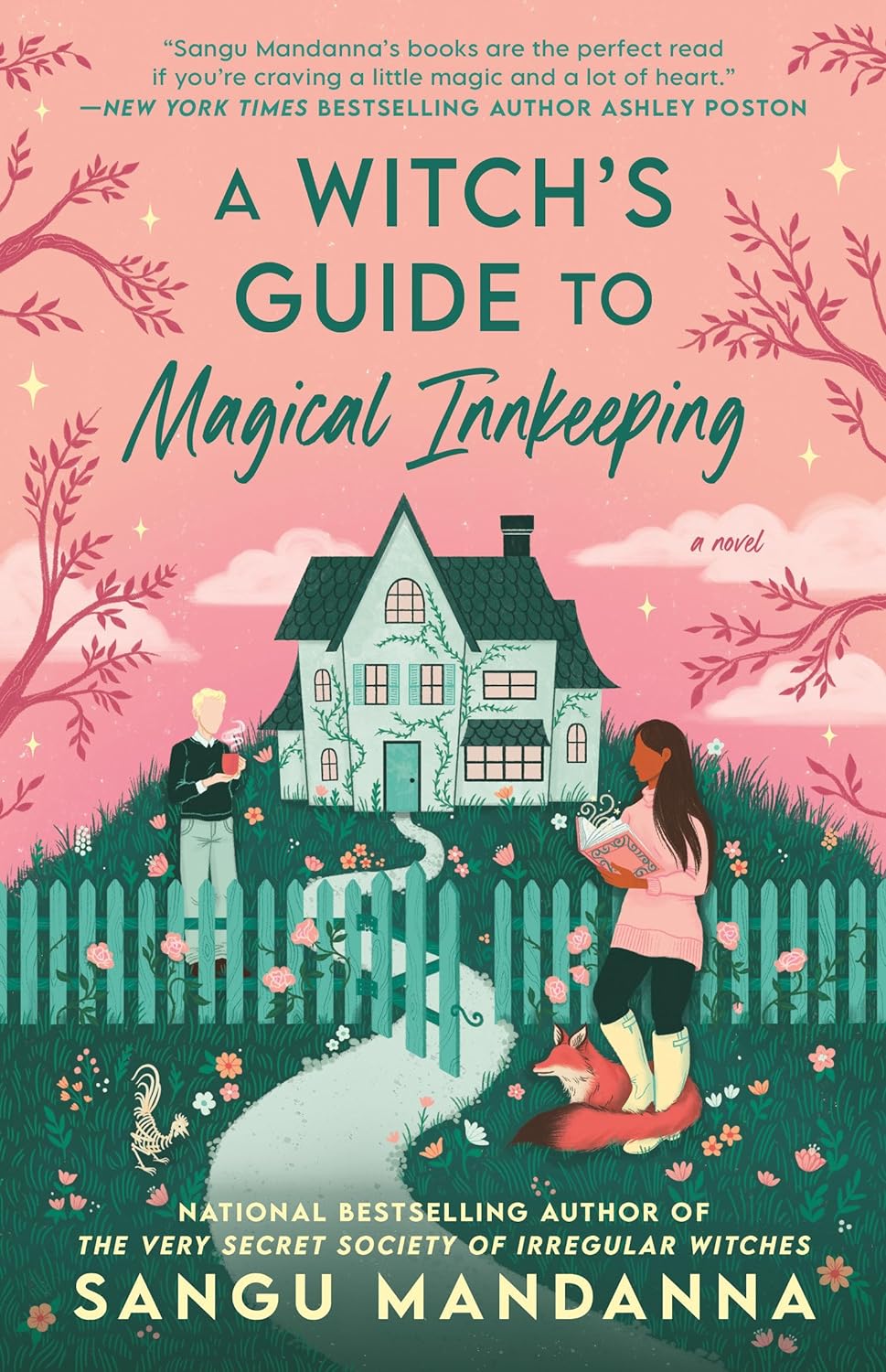 Thrilling: adj., producing sudden, strong, and deep emotion or excitement
Thrilling: adj., producing sudden, strong, and deep emotion or excitement
Doesn’t that pretty much describe all great novels? Yet according to librarians and bookstore owners, traditional labeling defines thrillers as fast-paced, realistic books that focus on plot more than character and have a high-stakes conflict as the heart of the story. And by high stakes they mean a lot more than a single life—or a series of selected lives—must be at risk. Whole cities or ways of life must be in peril.
But now, with many writers labeling their own work, just about any story with a crime or an element of suspense is called a thriller. Just as one example, Amazon’s #1 book on the thriller list is Gone Girl by Gillian Flynn, a story of a marriage gone bad and a missing wife. It’s all about the characters. Readers love the story and many have labeled it thrilling, and being a fan, I plan to read it.
As a member of International Thriller Writers, I’ve written many features about new releases for the Big Thrill newsletter. With some, I’ve scratched my head and thought: Why is this called a thriller? The stories usually sound terrific, but still, I would call them paranormal suspense or historical mystery.
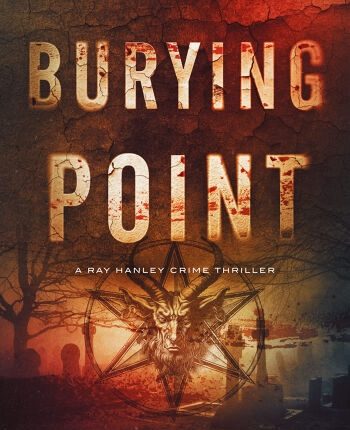
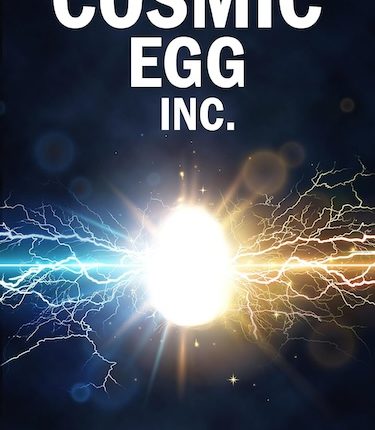
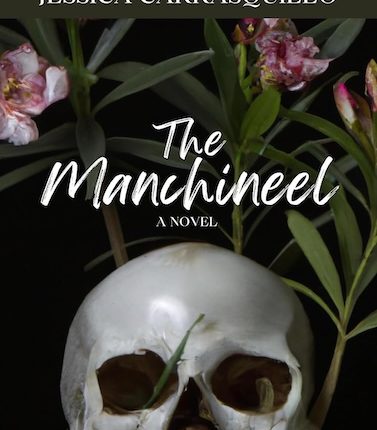
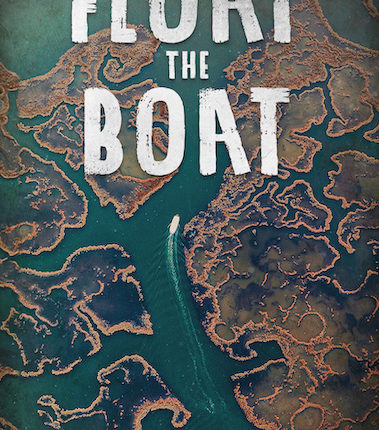
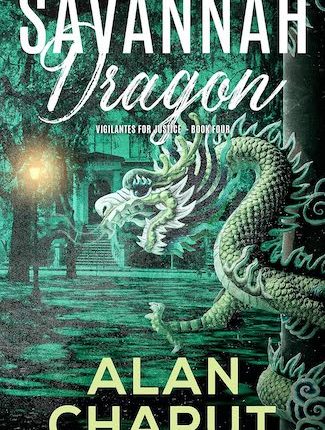
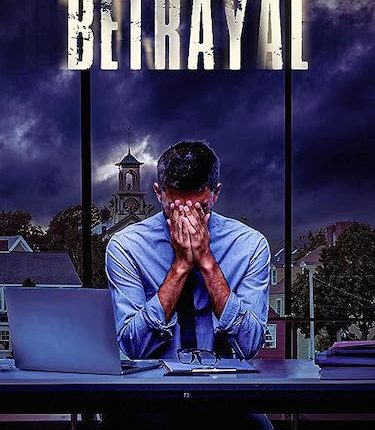
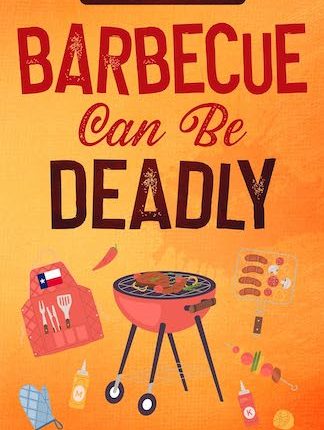
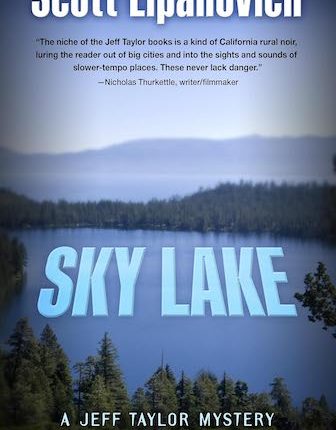
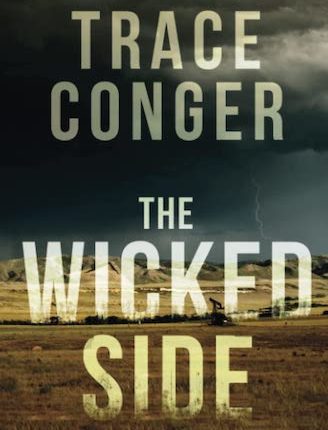
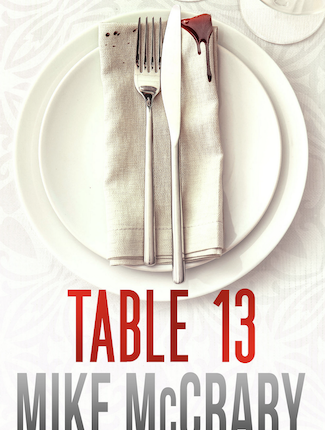
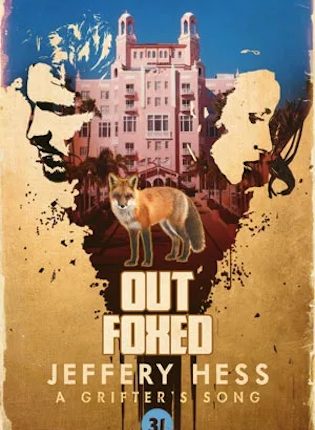
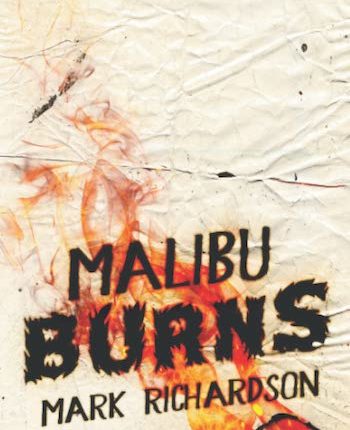
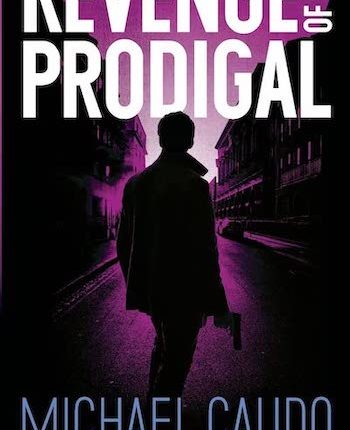
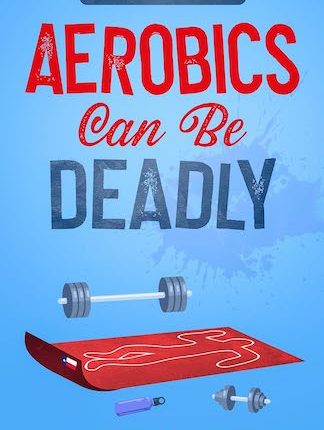
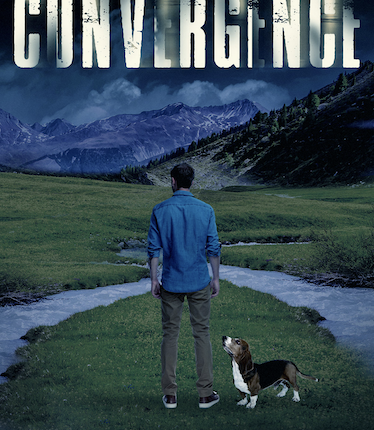
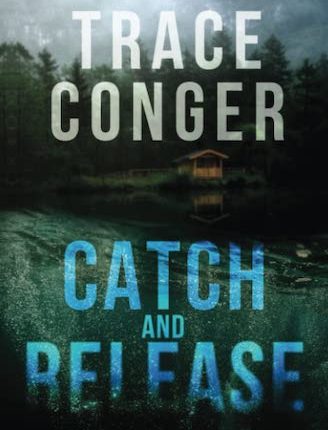
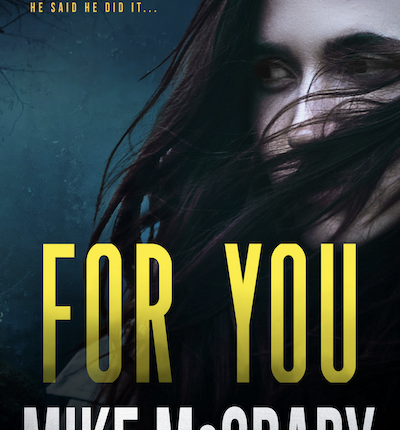
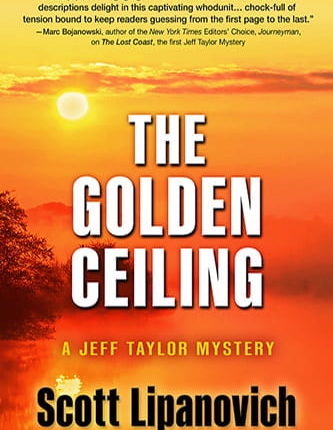
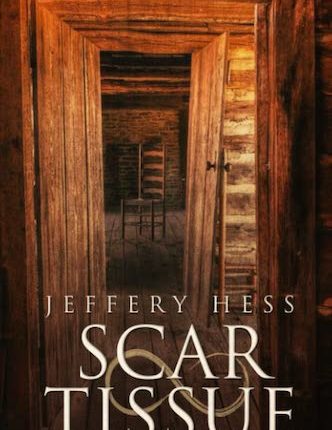
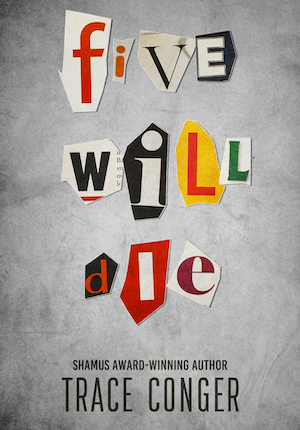
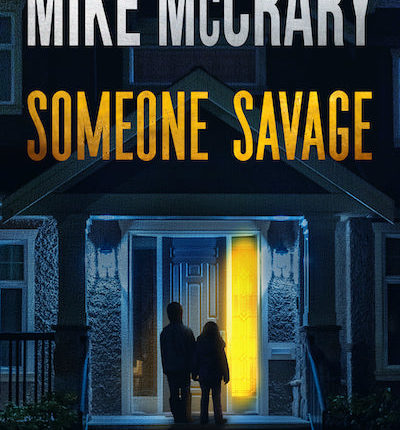
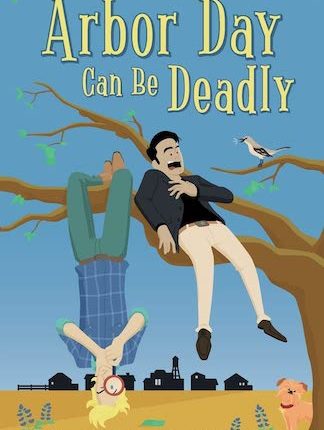
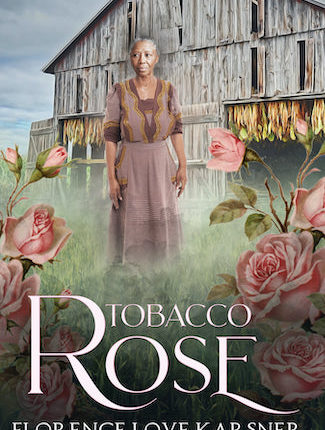
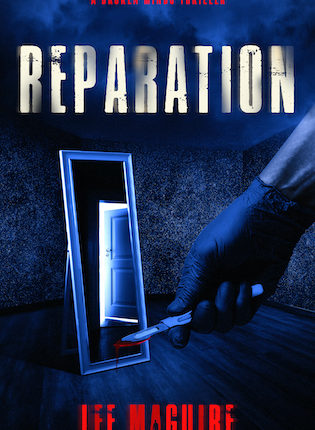
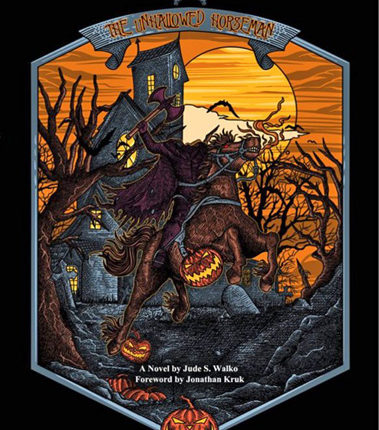
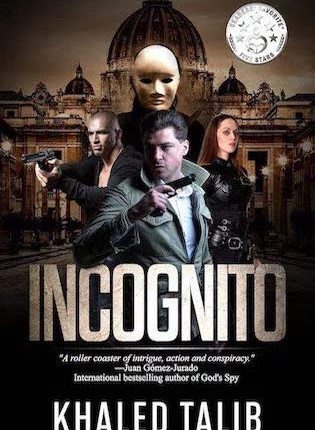
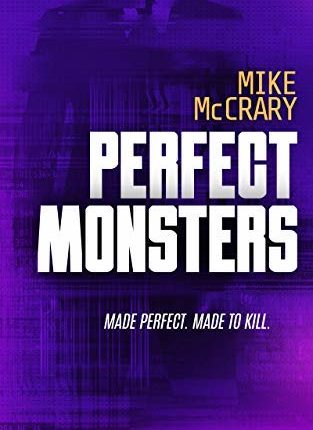
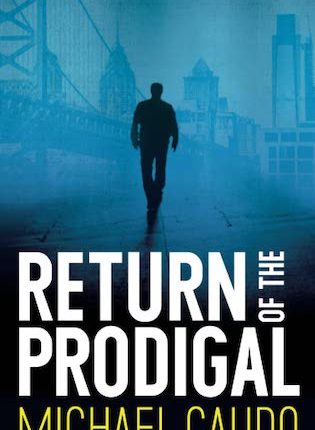
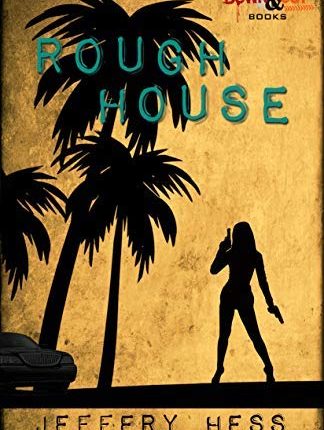
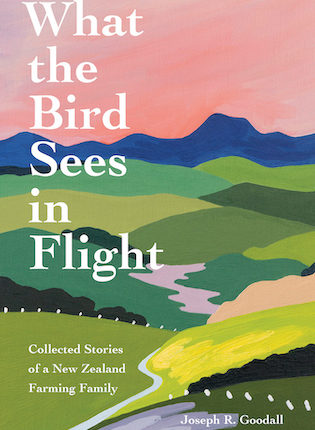
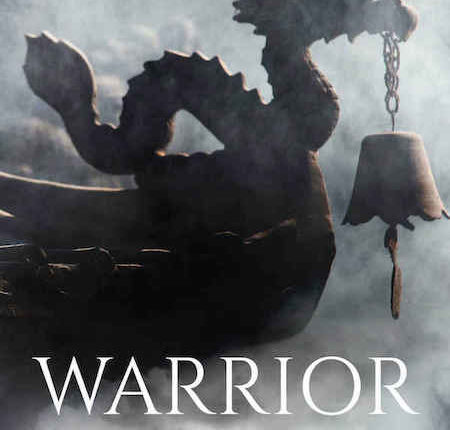

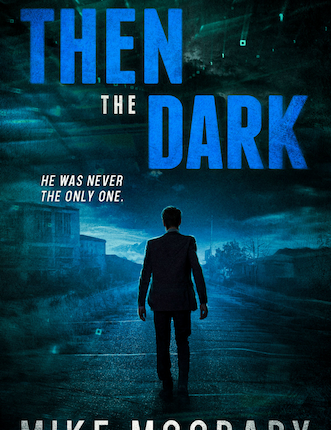
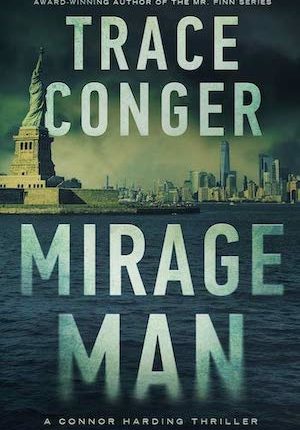
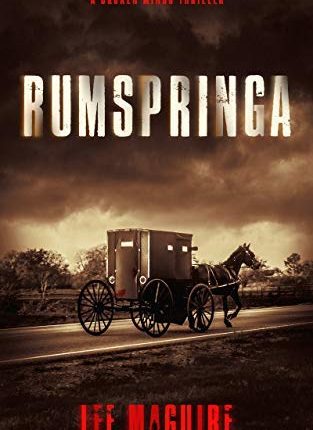
 I still remember the very first short story that ever made an impact on me. I was in third grade and our teacher gave us an assignment to write a short story involving the upcoming Thanksgiving holiday. It wasn’t the first writing assignment we had been given in her class. Mrs. King loved reading books to us and always encouraged us to use our imagination in our writing assignments. But it wasn’t until this particular assignment that I realized just how gifted some individuals could be at story telling.
I still remember the very first short story that ever made an impact on me. I was in third grade and our teacher gave us an assignment to write a short story involving the upcoming Thanksgiving holiday. It wasn’t the first writing assignment we had been given in her class. Mrs. King loved reading books to us and always encouraged us to use our imagination in our writing assignments. But it wasn’t until this particular assignment that I realized just how gifted some individuals could be at story telling.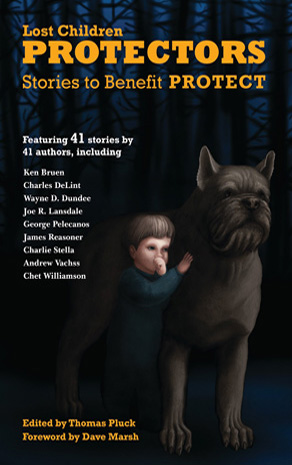 I’ve always been a huge fan of anthologies, as I think it’s a wonderful way for readers to efficiently sample numerous authors’ work – take them for a test drive if you will – without having to invest in a full-length novel right out of the gate. I’ve discovered many new authors through anthologies, some of whom I’d probably never had read if not for coming across them this way.
I’ve always been a huge fan of anthologies, as I think it’s a wonderful way for readers to efficiently sample numerous authors’ work – take them for a test drive if you will – without having to invest in a full-length novel right out of the gate. I’ve discovered many new authors through anthologies, some of whom I’d probably never had read if not for coming across them this way.
 I am a redhead. Essentially that means I’m a freak. Red hair occurs in approximately 1-2% of the world’s population. Red hair appears when a person has two copies of a recessive gene on chromosome number 16. This causes a mutation in the MC1R protein and voila – red hair.
I am a redhead. Essentially that means I’m a freak. Red hair occurs in approximately 1-2% of the world’s population. Red hair appears when a person has two copies of a recessive gene on chromosome number 16. This causes a mutation in the MC1R protein and voila – red hair. The 23 stories in Seamus Scanlon’s collection As Close As You’ll Ever Be are loosely interwoven snapshots of the life of Irishman James “Victor” McGowan. From enthusiastic and wide-eyed boy to world-weary and jaded middle-aged man, the stories vividly evoke a life shaped by the unique social and political conditions found in Ireland during The Troubles.
The 23 stories in Seamus Scanlon’s collection As Close As You’ll Ever Be are loosely interwoven snapshots of the life of Irishman James “Victor” McGowan. From enthusiastic and wide-eyed boy to world-weary and jaded middle-aged man, the stories vividly evoke a life shaped by the unique social and political conditions found in Ireland during The Troubles.
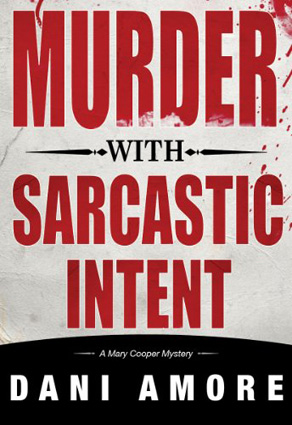 “I dislike most people, and the few I do like I certainly don’t trust one single bit.” – Mary Cooper
“I dislike most people, and the few I do like I certainly don’t trust one single bit.” – Mary Cooper
 My introduction to books as a child was in the crowded and cramped Galway City library. It occupied the second floor of the court house complex built by the British in the nineteenth century. On the portico high above street level the British gave it the ultimate imprimatur by installing a Royal coat of arms carving, featuring the lion and unicorn on either side of the great shield, which looked down on the colonized peasantry of Galway.
My introduction to books as a child was in the crowded and cramped Galway City library. It occupied the second floor of the court house complex built by the British in the nineteenth century. On the portico high above street level the British gave it the ultimate imprimatur by installing a Royal coat of arms carving, featuring the lion and unicorn on either side of the great shield, which looked down on the colonized peasantry of Galway.  After the big earthquake and tsunami in the Tōhoku region north of Tokyo last year, I felt like I very much wanted to give something back to Japan, a place that’s been my home for the past 11 years – a place that’s equal parts inspiring and puzzling, a fascinating collusion of kitsch and cool, with a history ten times longer than that of my home town, Melbourne.
After the big earthquake and tsunami in the Tōhoku region north of Tokyo last year, I felt like I very much wanted to give something back to Japan, a place that’s been my home for the past 11 years – a place that’s equal parts inspiring and puzzling, a fascinating collusion of kitsch and cool, with a history ten times longer than that of my home town, Melbourne.